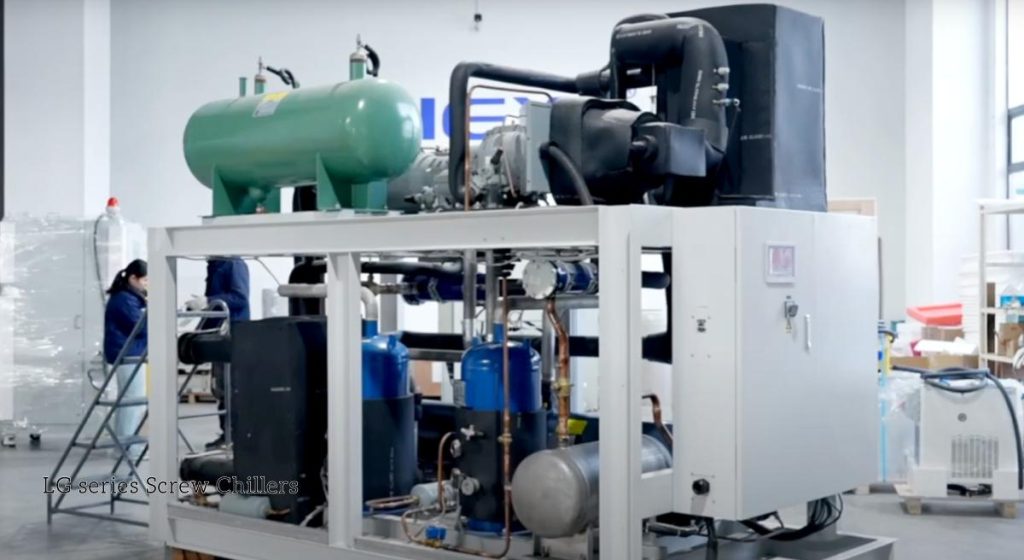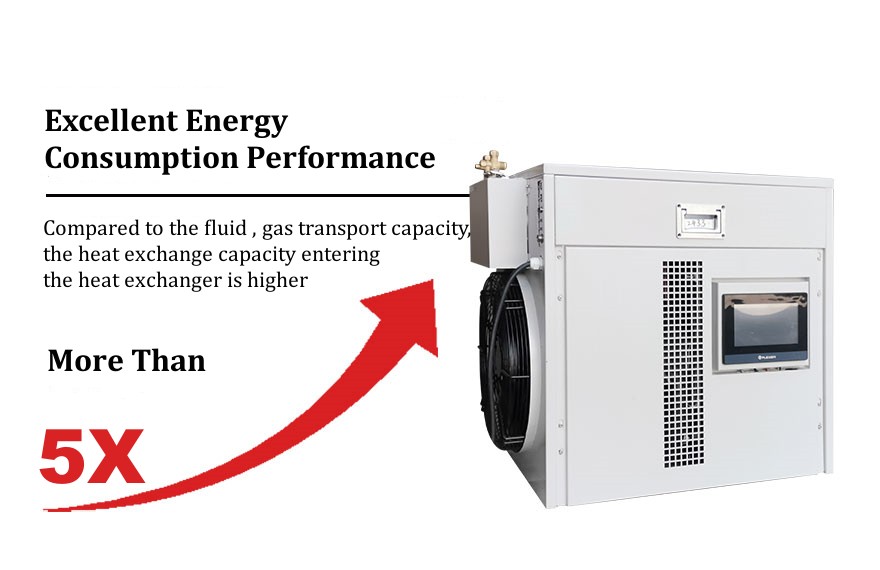Chiller Low Pressure Alarm:5 Common Reasons and Solutions

- 4 tipi di sistemi di refrigerazione: quale si adatta alla tua struttura?
- Cos’è un chiller VFD: chiller VFD vs chiller non VFD
- What is a Gas Chiller
- What is a Scroll Chiller
- Agosto 2025
- Luglio 2025
- Giugno 2025
- Maggio 2025
- Marzo 2025
- Febbraio 2025
- Gennaio 2025
- Dicembre 2024
- Novembre 2024
- Ottobre 2024
- Settembre 2024
- Agosto 2024
- Luglio 2024
- Giugno 2024
- Maggio 2024
- Aprile 2024
- Marzo 2024
- Febbraio 2024
- Settembre 2023
- Luglio 2023
- Giugno 2023
- Maggio 2023
- Gennaio 2023
refrigeratore raffreddato ad aria refrigeratore refrigeratori Congelatore a freddo refrigeratore di raffreddamento circolatore di raffreddamento e riscaldamento sistema di raffreddamento e riscaldamento cooling system sistema di controllo dinamico della temperatura congelatore circolatore di riscaldamento refrigeratore industriale raffreddamento industriale congelatore industriale frigorifero industriale reattore a camicia refrigeratore a bassa temperatura notizie reattore refrigeratore raffreddamento del reattore raffreddamento del reattore riscaldamento riscaldamento del reattore raffreddamento circolatore refrigerato refrigeratore a vite refrigeratore per semiconduttori refrigeratore di prova per semiconduttori sundi tcu controllo della temperatura camera di prova termostato refrigeratore a bassissima temperatura refrigeratore di prova per veicoli refrigeratore d'acqua refrigeratore raffreddato ad acqua
Low pressure alarms happen a lot in refrigeratori, and knowing why they pop up can save you a lot of headaches. Usually, it means the suction pressure has fallen below the set limit. If you don’t deal with it, the system can run less efficiently, compressors take more wear, and you might even face unexpected downtime. Here, we’ll go over five common reasons these alarms happen and what you can do to fix them.
Related:chiller troubleshooting
1. Refrigerant Leak
Low pressure alarms and low return air pressure are often caused by refrigerant leaks. When the chiller runs and the return air pressure falls below the preset alarm value, the alarm triggers. At rest, the system pressure normally stays around 1.0 MPa (1000 kPa).
If it reads below 0.6 MPa, a leak may be present. To confirm, let the chiller reach normal temperature, wait for a while, and then check the pressure readings. Use the pressure gauge needle or, for systems with sensors, access the temperature control interface to view compressor suction and discharge pressures.
2. Electrical or Sensor Fault
If the chiller issues an alarm immediately after powering on, the cause may be electrical. Devices with circuit board control can show false alarms due to pressure sensor failure, circuit board issues, open circuits, loose connections, or short circuits.
3. Valvola di espansione or System Blockage
Improper expansion valve adjustment or a blockage in the refrigeration system can cause the suction pressure to drop steadily during operation. The alarm triggers once the pressure hits the set limit. If static pressure is normal at rest but the alarm appears after some running time, this is often the cause.

Explore high-efficiency and energy-saving chiller solutions!
4. Cooling Medium Issue
Using the wrong cooling medium or operating at too low temperatures can slow refrigerante flow. For example, a frozen evaporator plate reduces suction pressure gradually, which may trigger the alarm. Ensuring the correct medium and operating range can prevent this issue.
5. Sensor Settings or Calibration
On newer chillers with electromagnetic pressure sensors, alarms can go off even when nothing’s really wrong if the suction pressure setting is off. A bad sensor or a mis-set range can give wrong readings, making it look like the pressure is too high or too low. The best way to avoid these false alarms is to check your sensors regularly and make sure they’re calibrated correctly.
Conclusione
A low pressure alarm is the chiller telling you to check something. Sometimes it is a real problem like a leak or blockage. Other times it is settings or sensors. Knowing the main causes helps you troubleshoot faster and keep the cooling system running smoothly.
Need help with chiller pressure issues or maintenance? Looking for the right temperature control system for your new project? Reach out to LNEYA’s technical team for advice and support.
Chiller correlati
CONTATTO
TEL:TELEMATICO
EMAIL: EMAIL: EMAIL: EMAIL: EMAIL: EMAIL: EMAIL
WeChat e WhatsApp: il nostro servizio

Wechat QR

Hai domande o hai bisogno di un preventivo? Compila il modulo sottostante e il nostro team ti risponderà entro 24 ore.
 Refrigeratori industriali LNEYA Produttore Fornitore
Refrigeratori industriali LNEYA Produttore Fornitore
















